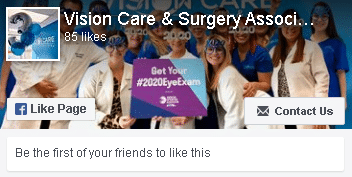Just like the rest of your body, your eyes are susceptible to a variety of eye diseases throughout the course of your life. Eye diseases can lead to an assortment of problems, the worst of which is blindness. With the help of technology and experienced eyecare professionals, most eye diseases can be treated, if not cured. Here are some common eye diseases that occur.
Glaucoma
Glaucoma is an eye disease where pressure builds up inside the eye. This disease can lead to blindness if not treated. Unfortunately, glaucoma presents no symptoms in its early stages. A glaucoma test can be done at your eye exams to catch this disease as soon as possible.
Macular Degeneration
There is no cure for macular degeneration. However, its progression can sometimes be slowed or halted to a point where your vision can be saved if it’s detected early enough.
Diabetic Retinopathy
In this eye disease, the condition known as diabetes affects the function of the eyes to the point where blood flow is restricted. This eye disease is very serious and can lead to blindness.
Refractive Errors
Refractive errors are not exactly a disease, but they do cause problems with vision in millions of people around the world. Refractive errors occur when an image is not properly focused against the back of the eye. This leads to either near-sightedness or far-sightedness. Refractive errors can be fixed with the use of corrective lenses such as contact lenses or prescription eyeglasses.
Dry Eyes
Dry eyes are sometimes caused by eye disease. In this condition, a person’s tear ducts don’t generate sufficient moisture to lubricate the eyes. This is a very uncomfortable condition, but it is treatable.
The best way to prevent any particular eye disease from threatening the quality of your life is to have regular comprehensive eye exams so that your eye doctor can detect any problems as soon as possible.


